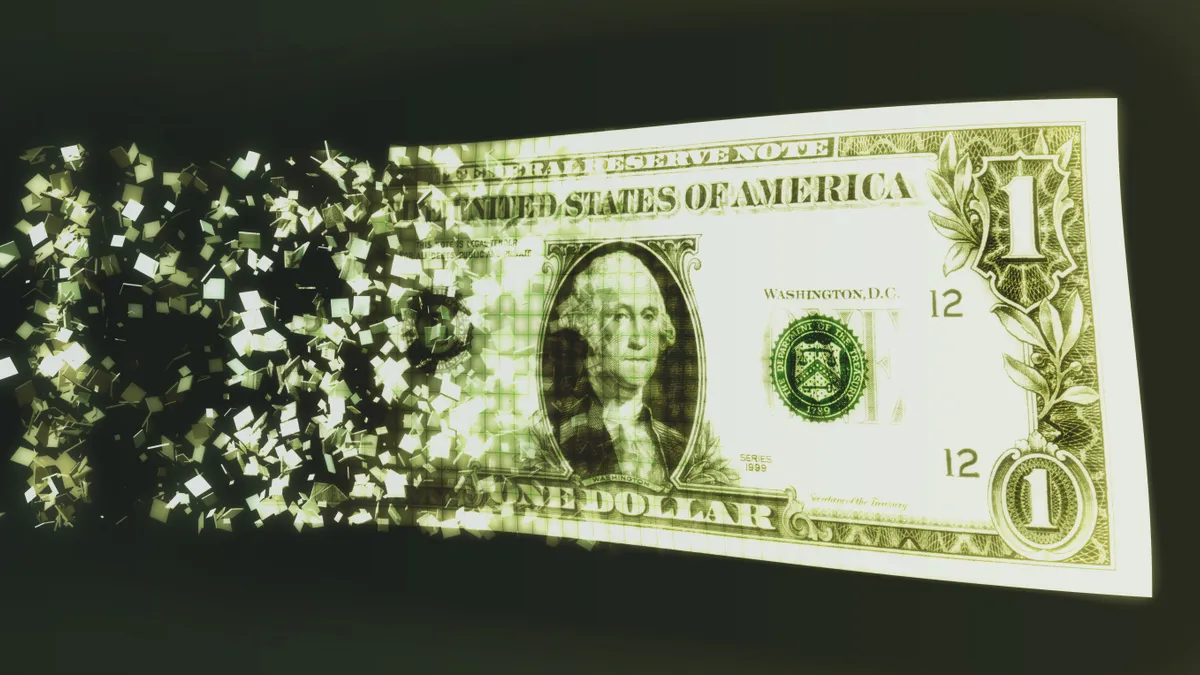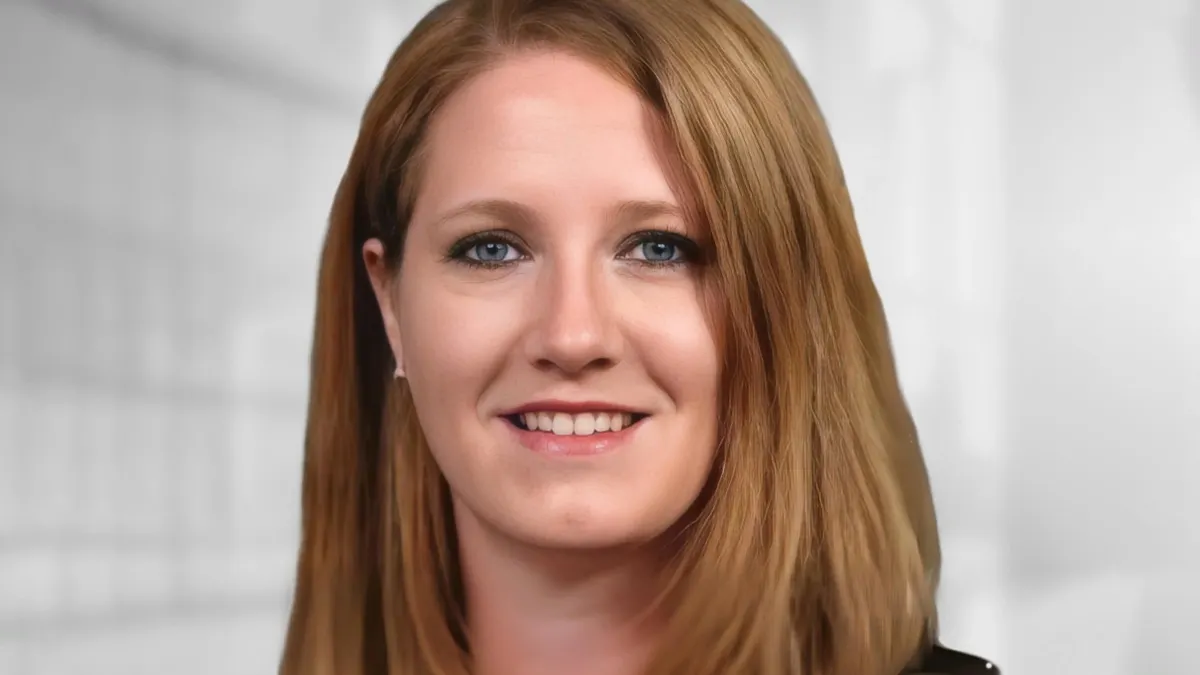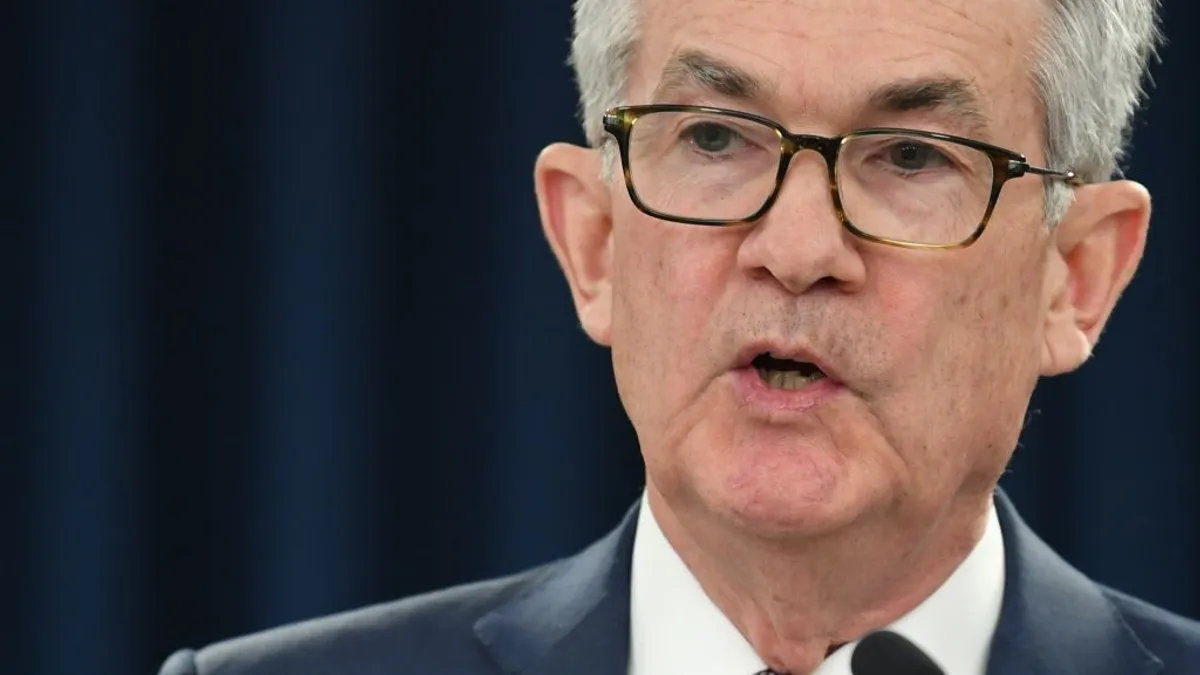CFOs during the past year who aligned their budgets, forecasts and risk management with mainstream inflation projections have had to make a major course correction, veering away from a flawed consensus.
Many private and government economists — including those at the Federal Reserve — underestimated price pressures, which surged to a four-decade high in January.
CFOs caught flat footed by the 7.5% annual rate in the consumer price index last month can choose an alternative to go-with-the-herd inflation forecasting — scenario planning.
“Part of taking the scenario-based view is making sure that leaders — CFOs and other leaders — are prepared no matter what future comes to pass,” according to Andrew Blau, a managing director at Deloitte. “We stress the importance of being prepared for all the scenarios.”
Federal Reserve Chair Jerome Powell, after repeatedly predicting that high inflation would be “transitory,” changed direction late last year, saying that the Fed underestimated the duration of supply chain bottlenecks. He implicitly endorsed scenario planning during a Jan. 26 press conference.
“Making appropriate monetary policy in this environment requires humility, recognizing that the economy evolves in unexpected ways,” Powell said after a two-day meeting of policymakers. “We'll need to be nimble so that we can respond to the full range of plausible outcomes.”
Fed economists, like their private-sector counterparts, have reasons for humility.
Central bank officials in December 2020 predicted that their preferred measure of inflation — the core personal consumption expenditures price index (PCE) — would increase 1.8% during 2021. Instead, core PCE rose 4.9%.
CFOs can avoid the setbacks from a botched inflation prediction, Deloitte says, by scoping out four outcomes for price gains through 2024 and getting ready to respond to each of the scenarios.
1. Blue skies. Inflation falls toward the Fed’s 2% target amid an end to supply chain constraints and a rebalancing in consumer demand for goods and services. Waning in the pandemic prompts workers to reenter the workforce, and the central bank takes a gradual, limited approach to raising the main interest rate.
“Traveling back toward 2% [inflation] in ‘blue skies,’ doesn’t mean that happens by April or summer or even in a year — but you’re on that path,” Blau said in an interview.
CFO response: With the aim of fueling growth and expanding market share, CFOs should issue debt and consider mergers and acquisitions that will increase revenue, Deloitte said. They should ensure company resiliency by diversifying supply chains.
2. Sun showers: Inflation eases to a range of 3% to 4% through 2024 amid constraints to supply chains and labor markets. Economic growth continues, but unevenly across industries. Consumer spending, while stable, remains skewed toward goods rather than services. Labor market weakness elicits moderation in Fed tightening.
CFO response: Facing uneven prospects for business, CFOs should consider increasing productivity to counteract rising input costs, Deloitte said. They may also want to consider soon issuing debt to take advantage of comparatively low interest rates, using the capital for initiatives that reduce weaknesses or disrupt competitors.
3. Stormy weather: Worker expectations that inflation will persist spark a “wage-price spiral,” and inflation speeds up to between 8% and 9%. Business and consumer spending flags amid slow economic growth. New variants of the coronavirus worsen supply chain blockages. The Fed, aiming to rein in price gains, sharply raises the fed funds rate, triggering a downturn in 2023.
If "inflation is either sensationalized, or people come to expect it and demand higher wages, then we could see a wage-price spiral,” according to Lauren Lubetsky, a Deloitte manager. The New York Fed found in a December survey that consumers expected 6% inflation in December 2022.
CFO response: Aiming to curb risk and increase efficiency, CFOs should consider using automation to cut costs, achieve economies of scale and counterbalance wage increases, Deloitte said. Hedging and diversification of business models can buffer against the risks of accelerating inflation.
Gathering broader, deeper data on consumers can provide insights for sustaining customer loyalty, Deloitte said. Investment in data analytics, while also maintaining demand, can help reduce input costs.
4. Downdraft: Inflation slows to 1% or less as supply chain bottlenecks quickly clear up and consumers, having spent their “pandemic savings,” reduce spending. Corporate profits decline and unemployment rises amid weak economic growth. The Fed holds the benchmark interest rate near a record low and explores increasing bond purchases in “quantitative easing.”
CFO response: Seeking to spur demand, raise cash and increase efficiency and savings, CFOs should consider restructuring, such as divesting non-core assets, and streamlining their companies’ range of suppliers and partnerships, Deloitte said.
“Pricing in this world is a lever to stimulate demand,” Blau said. “And since costs are unexpectedly lower, there’s going to be more running room to experiment with pricing strategy to create demand.”
The future for inflation hinges on several unknowns, including the course of the pandemic, fiscal policy, geopolitical tensions, monetary policy, the duration of supply chain disruptions, the impact of inflation expectations on wages and changes in consumer spending habits, Deloitte said.
Some CFOs err by redrawing their inflation strategy based on an alarming monthly data point, Blau said. They also may fear that the U.S. is barreling toward the high, entrenched inflation of the 1970s and early 1980s.
“I accept the data that suggests a lot of people — a lot of CFOs and other executives — are not confident that the Fed’s got this one in hand,” Blau said. “But I would counsel, ‘Be ready, but don’t overreact.’”























